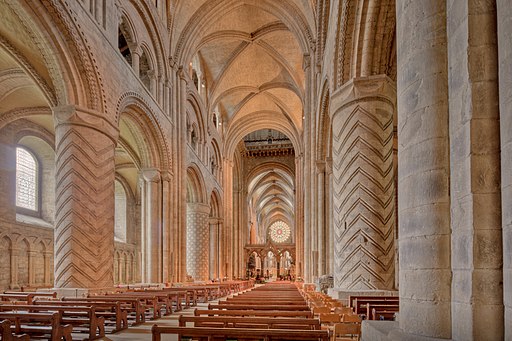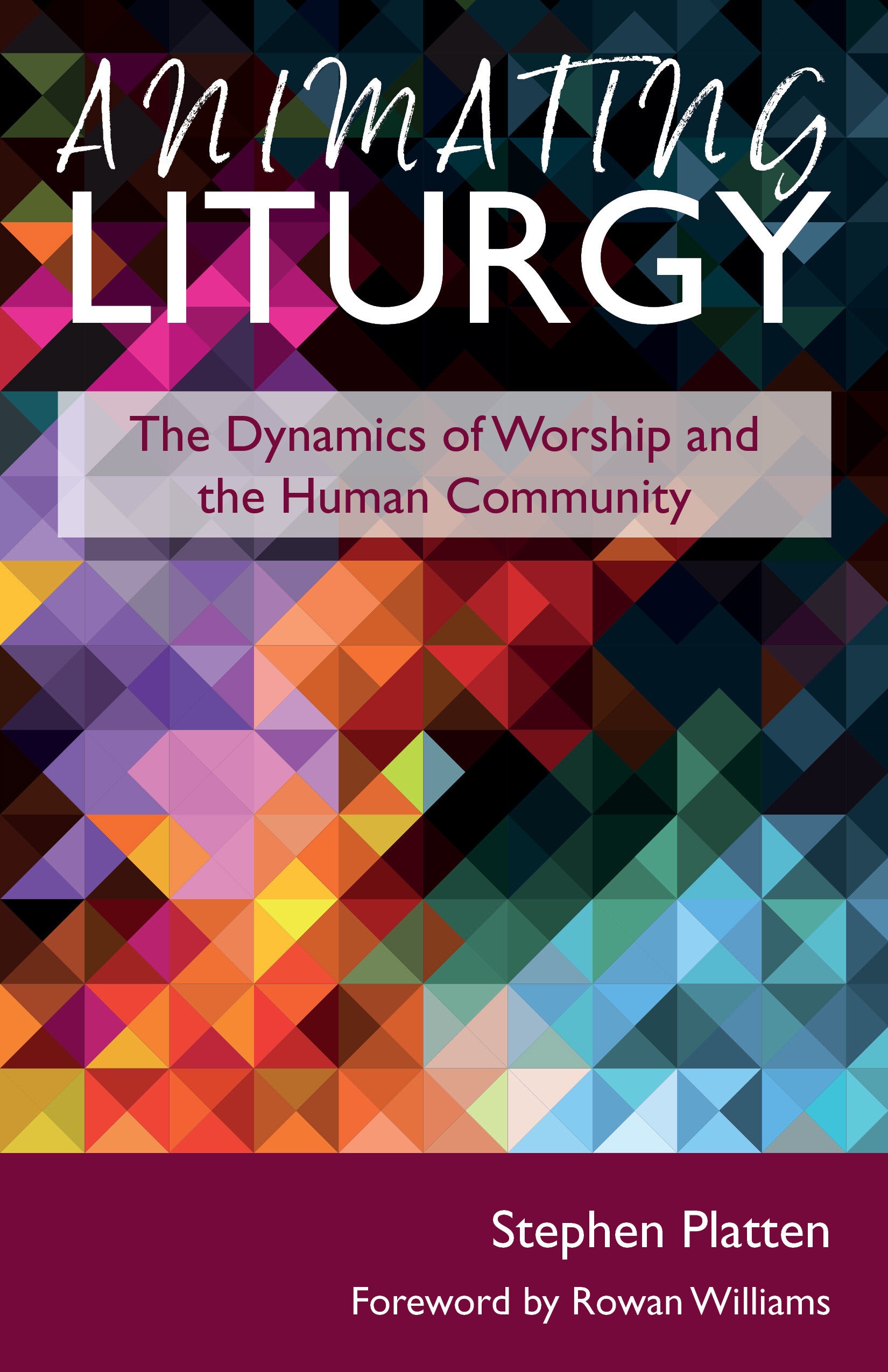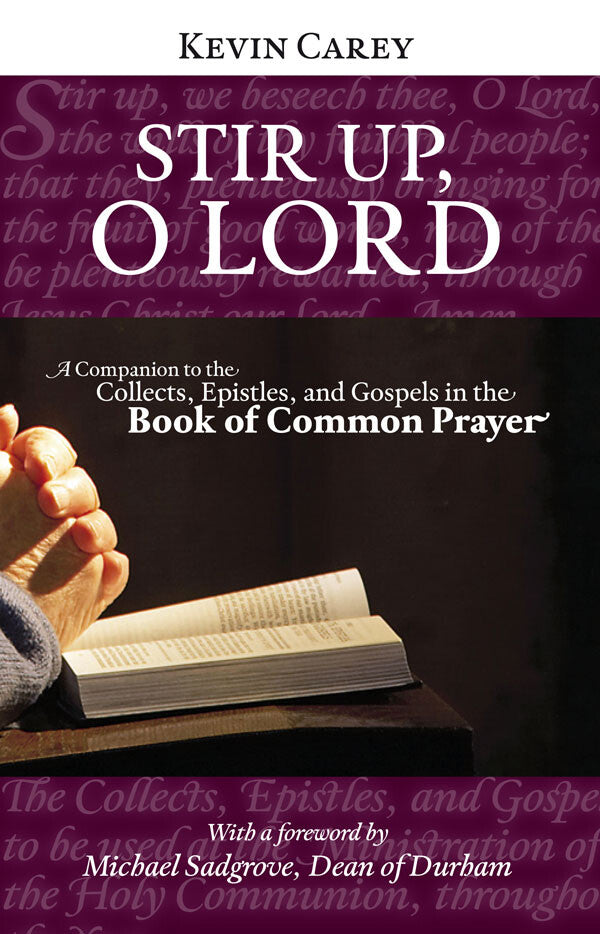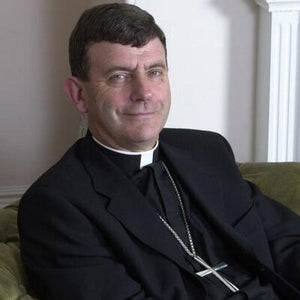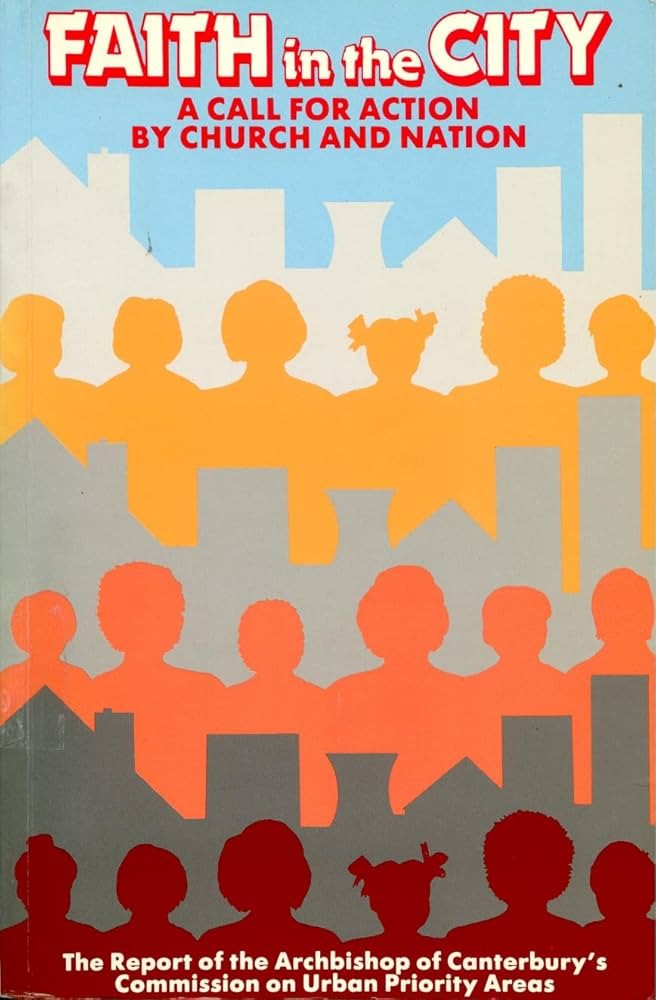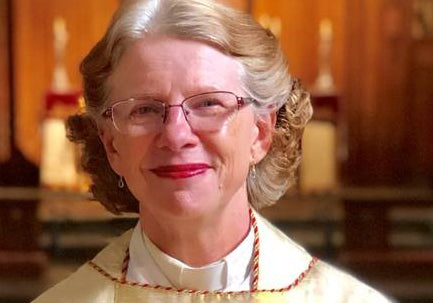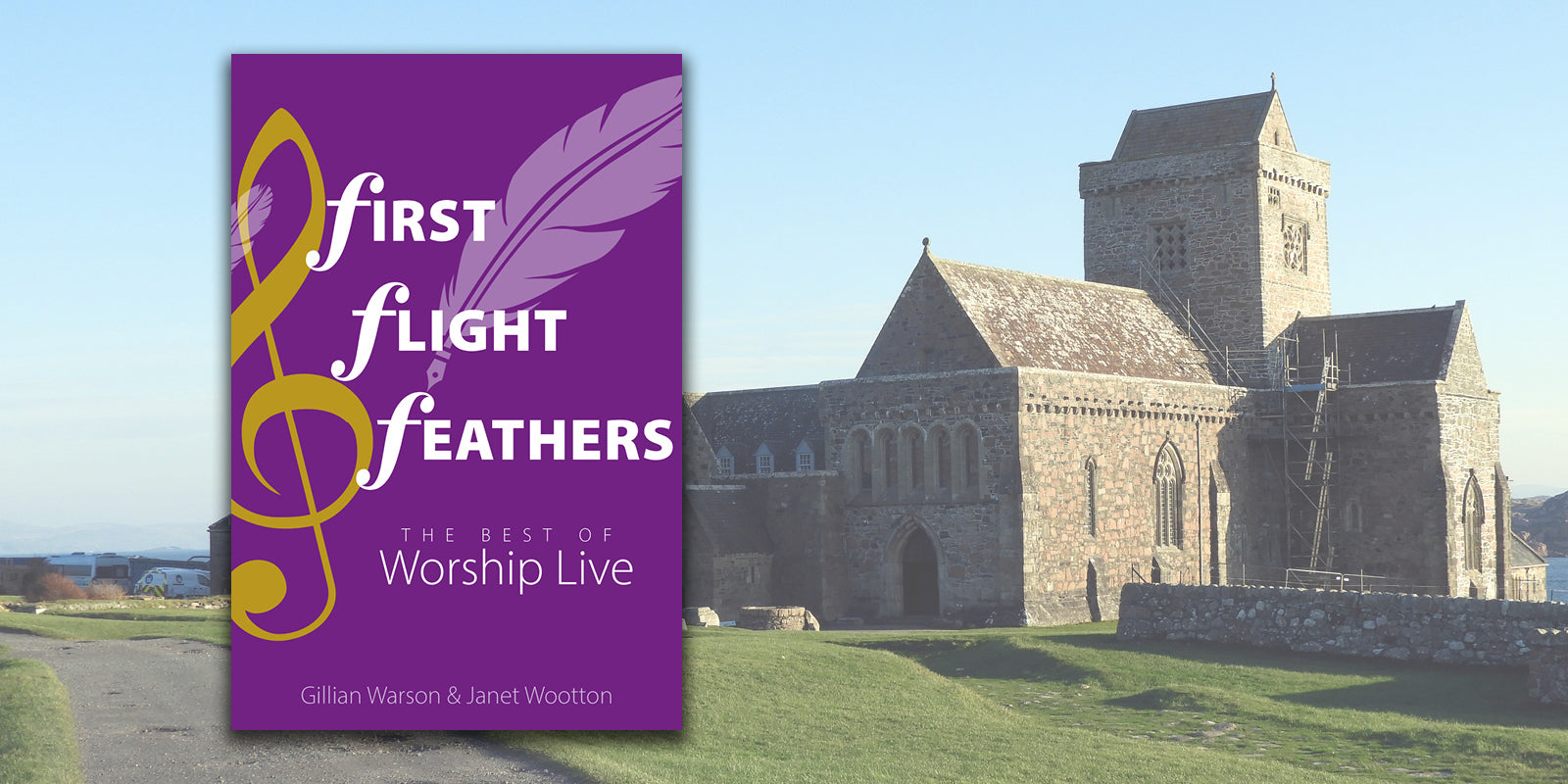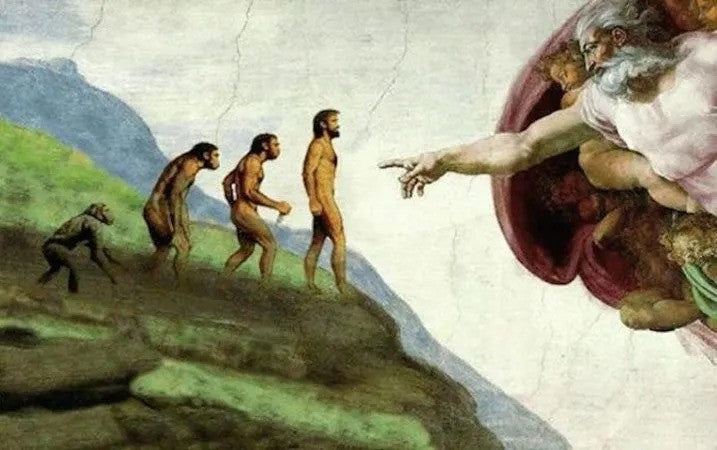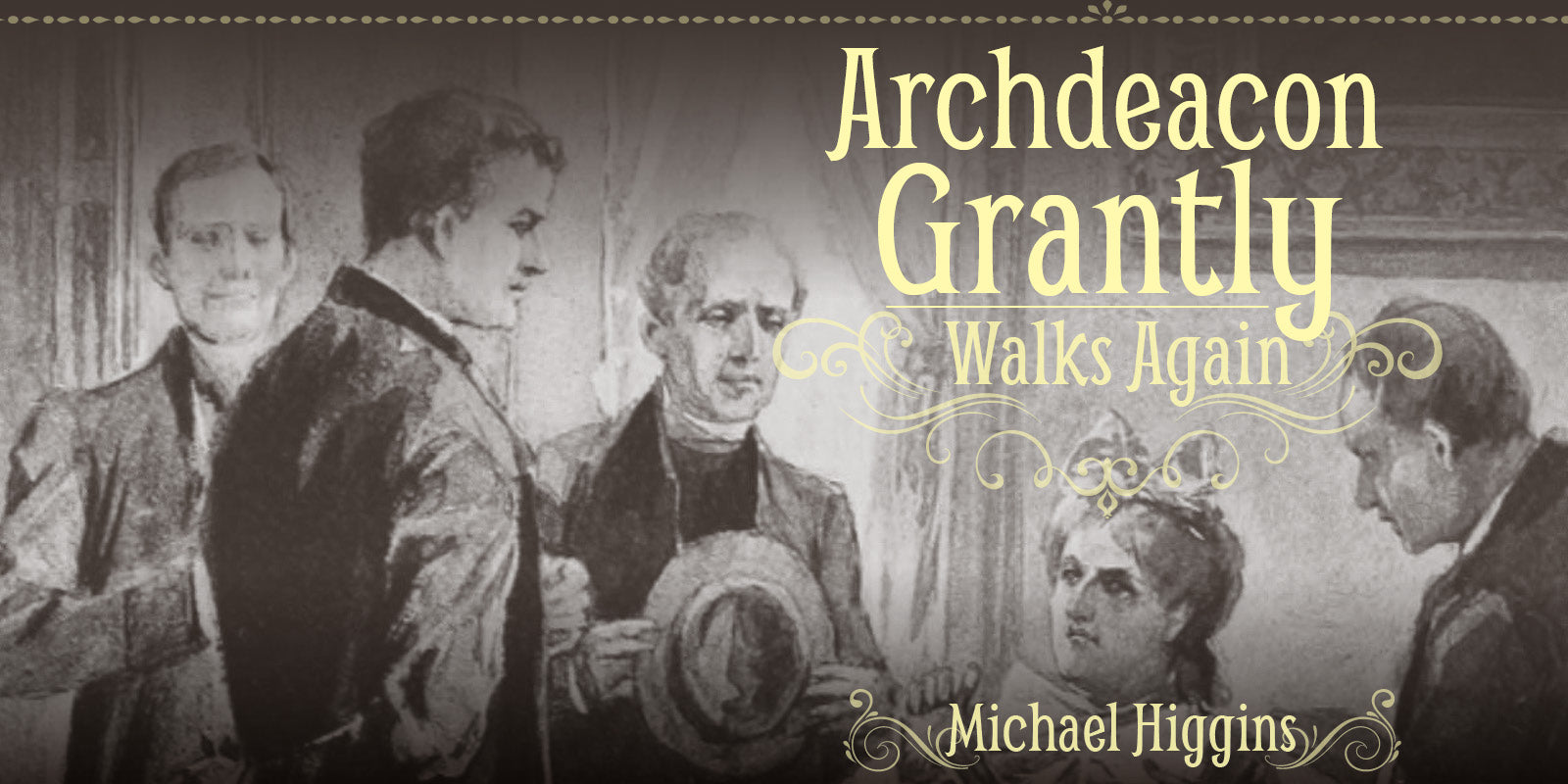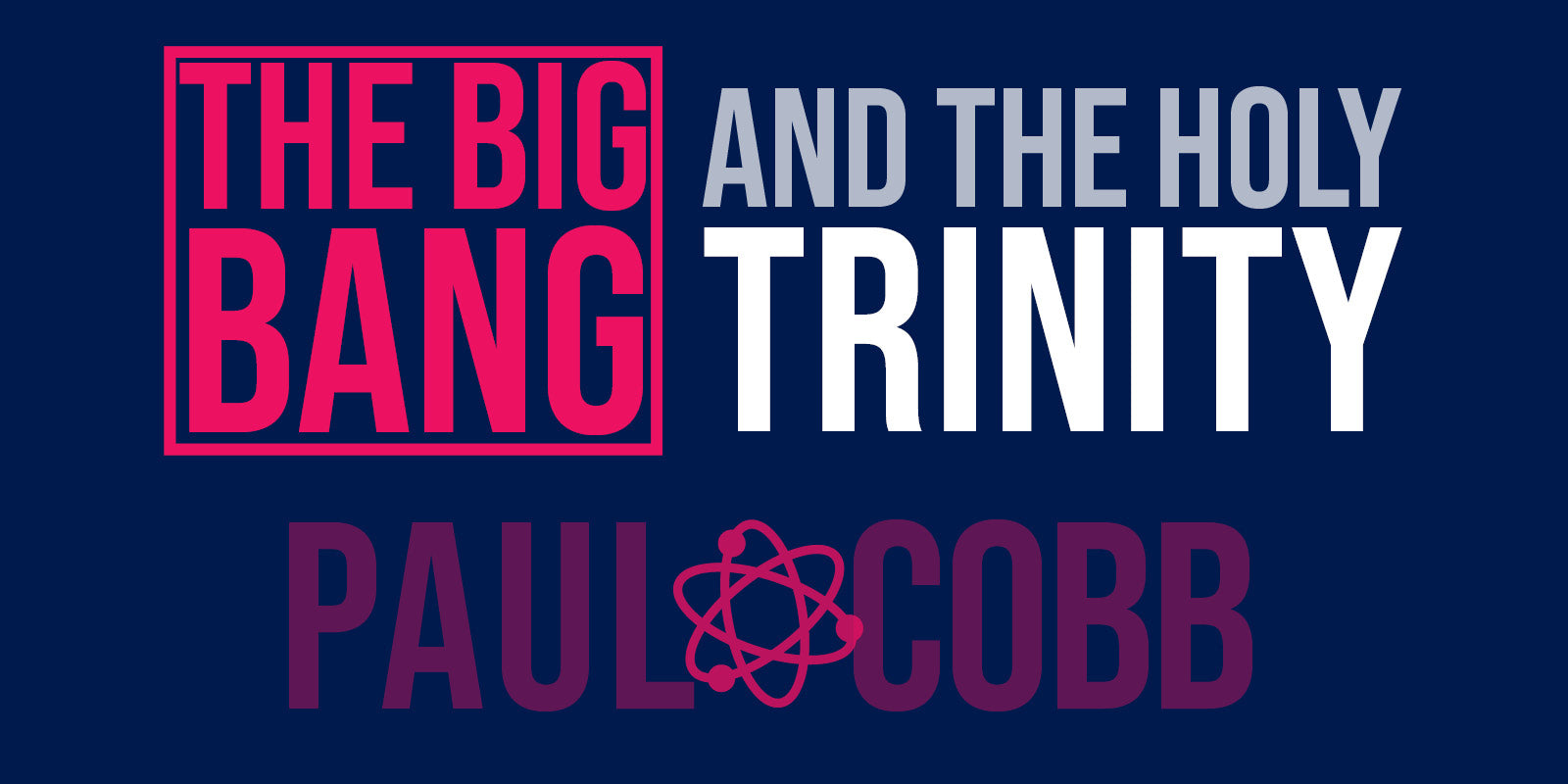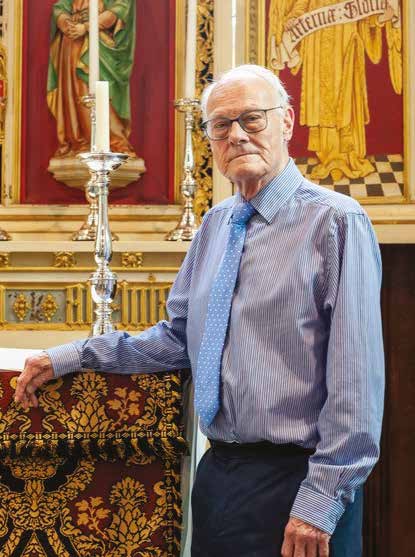GUEST BLOG: Ever wondered why church services take the form they do? #BookOfTheMonth author Stephen Platten gives us a behind-the-scenes look at some of the rigorous discussion and contemplation around the purpose of worship and liturgical change.

Cathedral / CC BY-SA 2.0
Arriving in Durham by train is just one of life’s magical experiences. The railway station is set high up above the city and there are amazing views of cathedral, castle and river—a world heritage site cameo caught from the window of the train. This was just what greeted me in July as I journeyed to the bi-annual conference of Societas Liturgica hosted by the Durham University.
Durham sits, of course, within the ancient kingdom of Northumbria. The powerful presence of the Romanesque seat of the former Prince Bishops, set majestically above the River Wear and including within itself both the shrine of St Cuthbert and the tomb of the Venerable Bede, is an easy reminder of this sacred history. Cuthbert’s pectoral cross is still there, and fifty miles north is the Holy Island of Lindisfarne—the remarkable Lindisfarne Gospels (now in the British Museum) are a perfect starting point for a feast of reflection upon Christian worship. Alongside first rate lectures were included tours of the ancient city, Orthodox Vespers in St Oswald’s Church, a Roman Catholic Mass at Ushaw College (just three miles to the west) and, de rigeur, a visit to Holy Island. The first keynote lecture set the scene: Dr John Maddison, the distinguished architectural historian and artist, spoke of saints, shrines and their location and impact within European cathedrals.
A gathering that brings together over two hundred liturgical scholars from across the world was destined to stimulate thoughts about liturgy, theology, architecture, anthropology and so much else. So I talked with Shintaro from NSKK, the Anglican Church of Japan; he is the cathedral liturgist from Tokyo. Then there was Robert Gribben, an Australian Uniting Church scholar from Melbourne and a long term friend and colleague—we talked of new books soon to be published. There were Rwandan, Canadian, American, German, Belgian, Irish, South African scholars… It seemed as if everyone was there. It reminded me vividly of the universal nature of both the Christian church and the scholarly community. The sheer intellectual and spiritual jostling in such a gathering spoke clearly to me of how I had come to teach theology and still more specifically to write about liturgy and worship.
For ten years I chaired the Church of England’s Liturgical Commission. This was both a privilege and a challenge. Residential meetings over those years, including a wide range of scholars, poets, writers, parish clergy, musicians and historians, produced a heady and productive cocktail: here was the fount from which good worship and liturgy flowed. The challenge was, of course, that not everyone wanted new liturgical initiatives and that included a number of my fellow bishops! “Why do they keep fiddling with the Prayer Book?” was a familiar cry… But it was both these challenges and this stimulation that led me to write of the liturgy myself, and to continue to teach as well.
Two years ago this month, Sacristy Press published Animating Liturgy. In that book I brought together a number of essays touching upon the liturgy from many different directions. So the opening piece was the inaugural Walter Tapper Lecture, “Building Sacraments”. It was an honour to give the inaugural lecture and I have been followed by a number of really distinguished scholars. My lecture began, counter-intuitively, with three pages reflecting on London railway termini. That’s not quite as eccentric as it may seem, for both railway architecture and ecclesiastical building is often on a grand scale and seeks to say something about what these buildings are there to represent and effect. Cathedral-like stations speak of the places to which one might travel; they welcome you to your journey; often they are remarkable as buildings and include significant works of art. Some, of course, are more successful than others in all this; some have been adapted very effectively for travel in a quite different age and context from that which they were originally built. If that is true of railway architecture, it is still more obviously the case with parish churches, chapels and cathedrals. Some of these were begun almost a thousand years ago: Durham is a magnificent example. So, how should we now allow these great buildings to direct our worship and, conversely, how should we adapt them to speak in our present age and culture?
Other essays in the book tackle very different questions. So, one uses the images provoked by Albert Einstein’s work on space and time to see how both these issues have an impact on our worship. Another looks at how the Eucharist both shapes the Church of God—the Eucharist when celebrated is the very manifestation of the church—and also offers a pattern for Christian lives; so it speaks of eucharistic living. Again, perhaps counter-intuitively this begins with a picture of a young shepherd on the Greek island of Corfu. The picture is taken from Gerald Durrell’s popular autobiographical book, My Family and Other Animals, recently further popularised through a television series. Of course, the very word Eucharist stands behind the word used in modern Greek, ευχαριστία, for thanking and expressing gratitude; eucharistic living weaves the liturgy into our daily lives. Elsewhere, very different topics are the focus. The 350th anniversary of the Book of Common Prayer takes us into a reflection on how this remarkable book has shaped the lives of the English people over a period of more than four hundred years, especially through the occasional offices of marriage, baptism and funerals. Other essays look at how we use the Bible in the liturgy, and at how the liturgy can have an impact on “public theology”, that is, how the Christian gospel speaks to society.
In the coming months, I shall be led to ponder all these things and much more in a number of different places and situations. So, this month I am travelling to Dungarvan in Ireland to engage with clergy about how we order our worship, how we use our buildings, how music and the choice of music can have a direct and dramatic impact on the message our liturgy communicates. Then just a little later I shall travel within Northumberland to talk with a very mixed group of laity and clergy about “praying the liturgy”. What do we think we are doing when we gather together to celebrate the Eucharist, to take part in cathedral Evensong, or to use periods of silence to meditate or contemplate on the impact of Jesus Christ in our own spiritual lives? Liturgy and worship are performative—they are neither academic exercises nor a continual parading of unreflective tradition. Later next year, I shall travel to Dorset to contribute to a conference which will focus on sacred space. What do we mean by sacred space and what does such space say to people when they enter into it? Fifteen years’ ministry in cathedrals and, alongside that, my membership of the Franciscan Third Order have led me to ponder this frequently over the years.
So, that view of the cathedral in Durham recently was but the beginning of a sustained time of thought and reflection once again on the liturgy and on the seminal significance of worship and prayer. For, ultimately, liturgical worship is the one unique activity and offering that Christianity has to offer a world which still seeks a spiritual Godly foundation to human life. As we give thanks and relate to Jesus Christ, how is our liturgy animated?
Stephen Platten is an Assistant Bishop in the Dioceses of London, Southwark and Newcastle, chairman of Hymns Ancient and Modern and of the governors of the Anglican Centre in Rome, and Chaplain to St Martin-within-Ludgate, London. He was formerly the Archbishop of Canterbury’s Secretary for Ecumenical Affairs, Dean of Norwich, and Bishop of Wakefield. He was a member of the Cathedrals Fabric Commission for England from 2006 to 2016 and Chair of the Church of England Liturgical Commission from 2004 to 2014.
Stephen’s book Animating Liturgy is our October #BookOfTheMonth. This collection of essays invites you to consider the liturgical offering that stands at the heart of the Christian faith, integrating our understanding and practice of liturgy and offering insights to a broad range of readers. Get your copy today.
Cover image credit: Michael D Beckwith [CC0], via Wikimedia Commons
